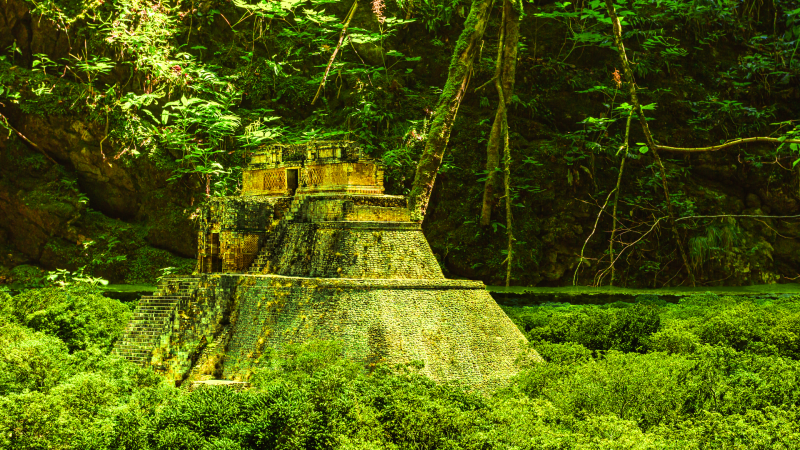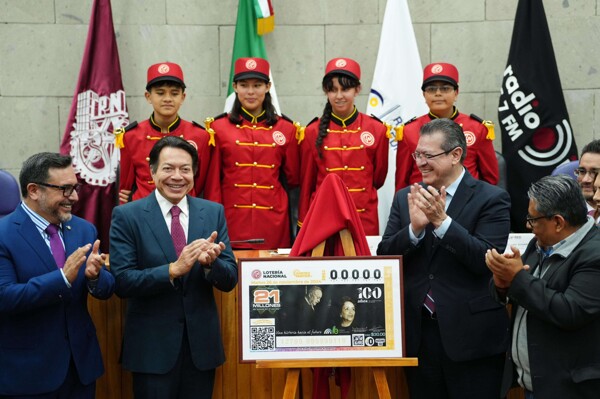
A group of archaeologists made an important discovery by uncovering a hidden Mayan city in the Mexican jungle, which had remained unseen for 1200 years. The archaeological site was located east of Dos Lagunas, in the Yucatán Peninsula, south of Mexico. Led by archaeologist Marcello Canuto, the research team found ruins that included a palace, temple pyramids, public plazas, reservoirs, and high-level residential constructions of human engineering. The entire site was covered by vegetation.
The discovery was made possible thanks to a series of aerial scans conducted by ecologists aiming to preserve the natural habitat of jungle fauna. Luke Auld-Thomas, a doctoral student who led the study, used LiDAR technologies to precisely analyze the terrain relief through laser lights and drones. After researching online, he found scans conducted by an ecological group 10 years ago, which allowed the hidden Mayan city to be unveiled.
The Maya were one of the most powerful civilizations in the history of humanity, spreading across much of Mexico and Central America from 2000 BC until their fall to Spain in 1524 AD. Despite their greatness, some of their cities and settlements were lost over time due to environmental factors and internal conflicts, leading to the deterioration of their culture.
The discovery of this lost Mayan city in the Mexican jungle highlights the importance of the Mayan heritage and allows for a better understanding of their splendor. This archaeological finding by Tulane University in the United States sheds light on the history of this ancient civilization, showing the wealth and complexity of its legacy in the region.














